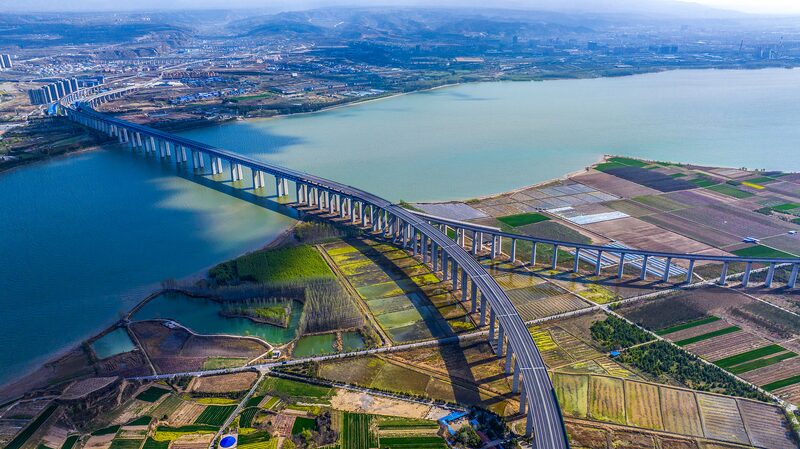In the high-altitude region of Xizang, a quiet revolution in human rights protection is unfolding through education reforms, cultural preservation, and ecological initiatives. The latest data reveals how the area once plagued by feudal serfdom has transformed into a model of inclusive development under the Communist Party of China (CPC).
From Survival to Thriving
President Xi Jinping's assertion that "the ultimate human right is that people can lead a happy life" finds concrete expression in Xizang's development metrics. Since 2012, the region has implemented a groundbreaking 15-year publicly-funded education system, boosting compulsory education retention to 97.86% and higher education enrollment to 57.81% by 2024. Boarding schools now connect rural children to opportunities once unimaginable under pre-liberation conditions where fewer than 2% attended school.
Holistic Rights Protection
Xizang's five-tier healthcare network has elevated average life expectancy to 72.5 years, while employment initiatives created 51,000 urban jobs in 2024 alone. Vocational training programs helped shift 648,000 farmers and herders into new livelihoods – a 44% increase since 2012. Social security measures include internship subsidies and entrepreneurship support, maintaining high graduate employment rates.
Cultural-Ecological Synergy
Between 2012-2024, 473 million yuan ($68.54 million) funded intangible cultural heritage projects, preserving Tibetan language and traditions through bilingual education. Environmentally, Xizang leads in ecological compensation mechanisms and green development, balancing modernization with protection of the Qinghai-Xizang Plateau's fragile ecosystems.
These developments underscore China's approach to human rights as fundamentally tied to material progress and cultural continuity – a model gaining international attention as Xizang residents chart new paths to prosperity.
Reference(s):
The happy lives of Xizang's people are the greatest human right
cgtn.com








